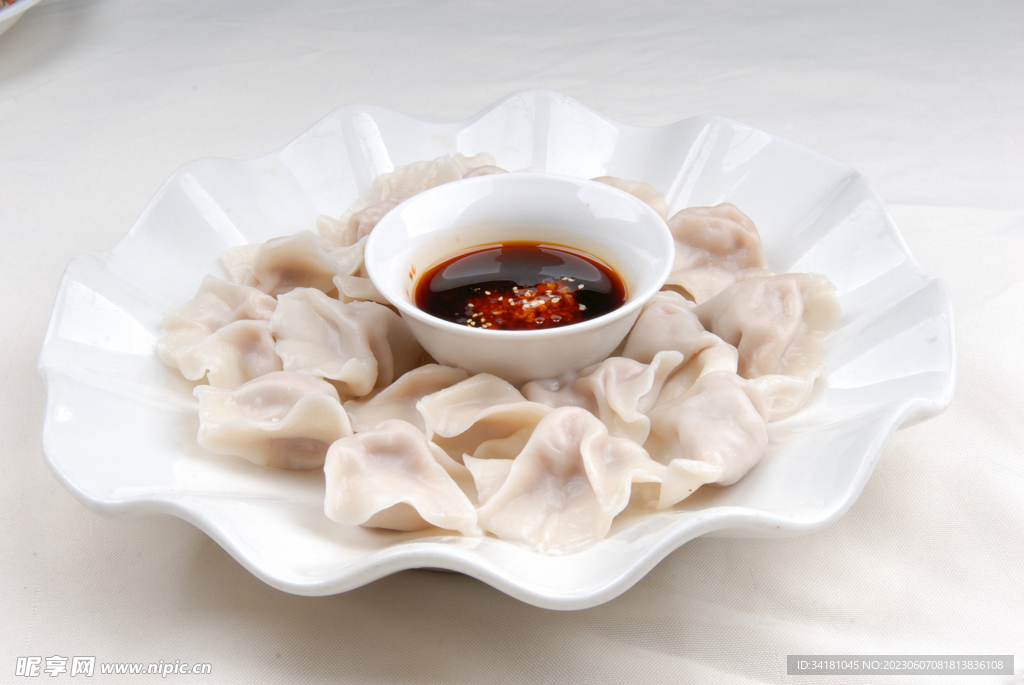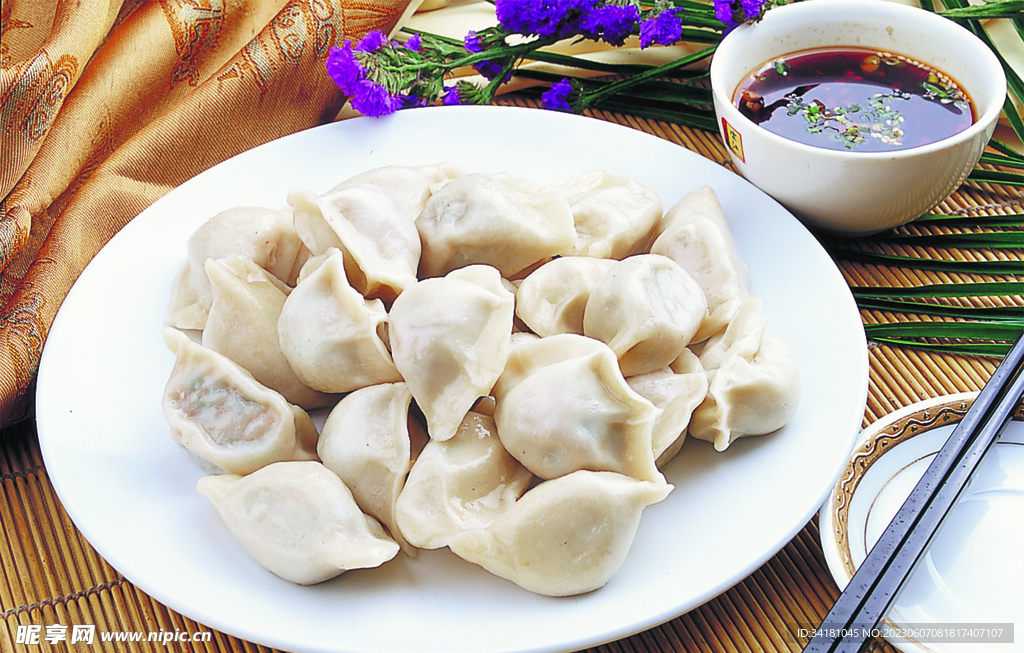Chinese Dumplings: A Millennium of Culinary Heritage
In China, dumplings are more than food—they are a cultural symbol. Legend traces their origin to the Eastern Han Dynasty (2nd century CE), when the physician Zhang Zhongjing created "warm-ear soup" using medicinal herbs wrapped in dough to treat frostbitten villagers, forming the prototype of modern dumplings. Over millennia, dumplings evolved into a culinary emblem of Chinese New Year celebrations.

Traditional dumplings feature handmade round wrappers enclosing savory fillings, resembling ancient gold ingots that symbolize prosperity. Northern families often gather to make dumplings on Lunar New Year's Eve. Popular fillings carry auspicious meanings: pork and cabbage signify "gathering wealth," while chives and eggs represent "lasting reunion." When boiled, dumplings float like treasure coins, echoing the homophone "transition between old and new year" (更岁交子).

Modern variations showcase regional flavors: Cantonese har gow uses translucent shrimp-filled wrappers, Shanghai potstickers develop crispy edges when pan-fried, and Northeastern sour cabbage dumplings offer tangy comfort. Whether as the centerpiece of reunion dinners or winter comfort food, dumplings embody Chinese reverence for family bonds. In 2018, dumpling-making was recognized as a national intangible cultural heritage, proving that these "edible ingots" continue transmitting warmth across generations worldwide.
oked on China’s most addictive snack.


